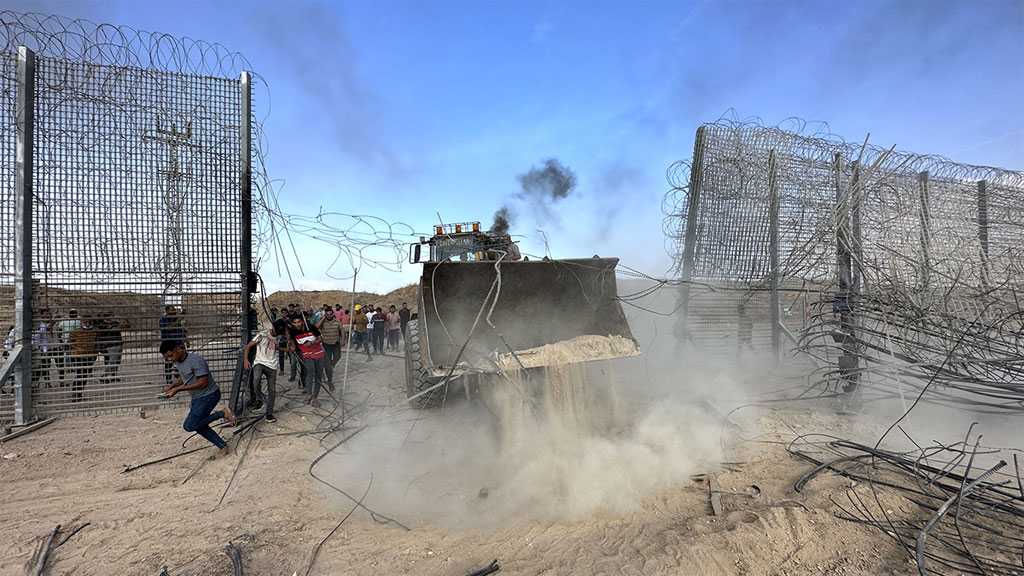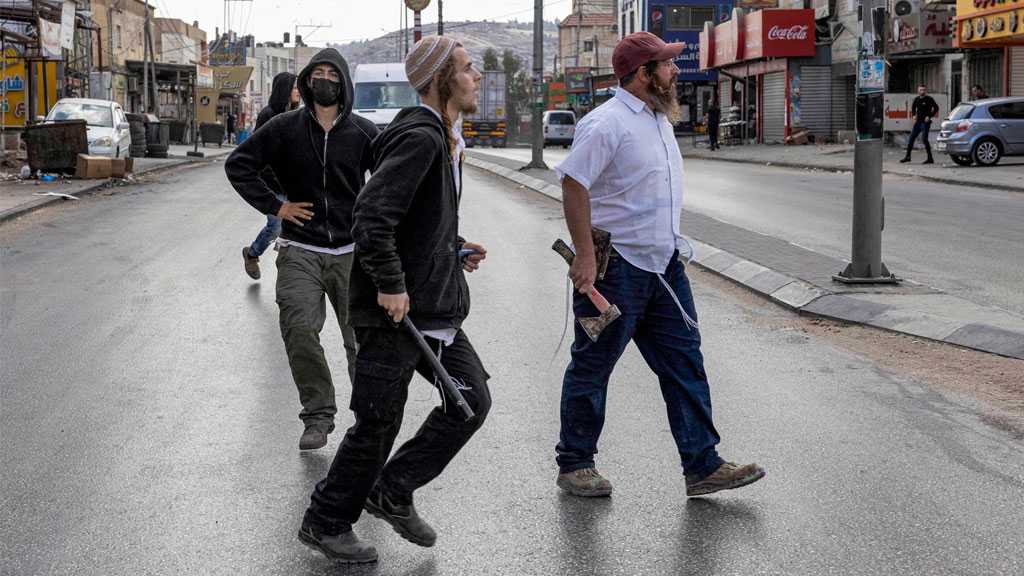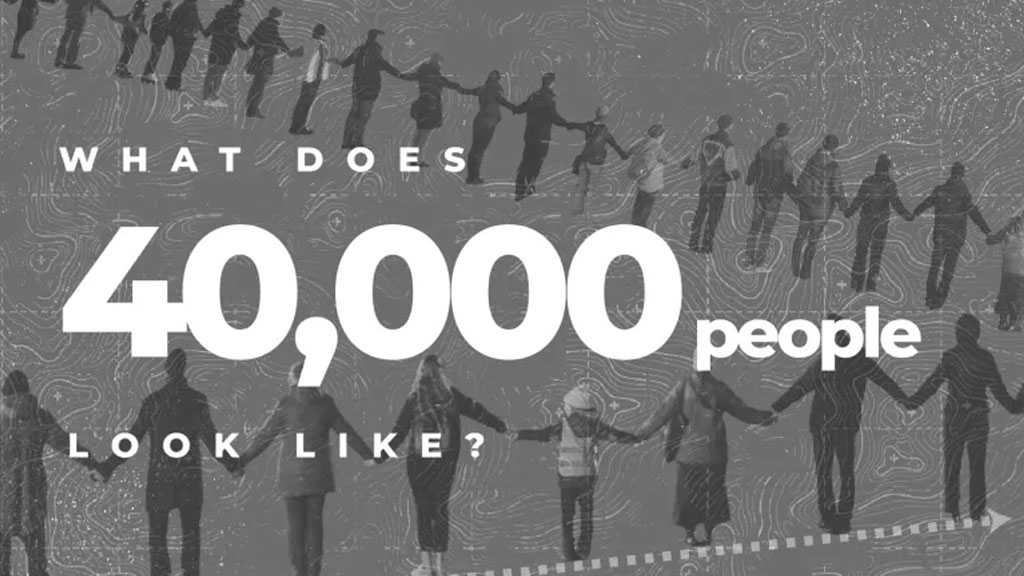Did ‘Israel’s’ Overreliance on Tech Cause October 7 Intelligence Failure?

By Justin Salhani | Al Jazeera
An overreliance on technology by ‘Israel’s’ intelligence agencies and military has continued to shape the current conflict in Gaza, analysts say, while also being partially responsible for the failure to detect the Hamas attack on October 7.
Hamas’s surprise attack on army outposts and surrounding villages in southern ‘Israel’ took the ‘Israeli’ intelligence agencies by surprise. Hamas fighters also took about 240 ‘Israeli’ captives.
‘Israel’, in its brutal military response, has killed more than 17,000 Palestinians in Gaza since then.
Within both ‘Israel’ and the wider Arab region, many have asked how Shin Bet, one of the world’s most respected and feared intelligence agencies, which is responsible for ‘Israel’s’ security, could have been outmatched by Hamas using bulldozers and paragliders.
The world’s disbelief has sparked a bounty of conspiracy theories in some quarters. However, analysts emphasize that even the best agencies are prone to breakdowns in their intelligence gathering and analysis cycles.
“There is no perfect intelligence organization,” Omar Ashour, a professor of security and military studies and the founder of the Security Studies Program at the Doha Institute for Graduate Studies, told Al Jazeera.
‘Nobody was listening’
‘Israeli’ security services are understood to have collected more than enough data to anticipate an imminent Hamas attack. Indeed, ‘Israeli’ intelligence was aware of plans for an impending Hamas attack up to one year beforehand, according to a report in the New York Times.
“The intelligence failure is from multiple directions,” Oren Ziv, a journalist with +972 magazine, a publication based in ‘Tel Aviv,’ told Al Jazeera. But a particular overreliance on technology and artificial intelligence [AI] seems to have been among the most pronounced shortcomings on October 7.
Billions of dollars invested in high-tech systems like border walls and security cameras around Gaza were believed to be enough to stop any attack, according to Ziv. But the technological reliance led to a false sense of security.
Comprehensive intelligence gathering requires a number of sources: open source, intercepted communications, satellite imagery and tracking are all crucial factors in intelligence gathering before putting together an analysis, Ashour said. But the human intelligence aspect is also crucial.
“These technologies along the border – the cameras and the automatic rifles and the balloons and the smart fans – are [supported] also by the fact you have people – human beings – maintaining them, watching them,” Ziv said.
On October 7, the border with Gaza was undermanned. Many of the troops were allegedly at ‘home’, celebrating the Jewish holiday, ‘Sukkot’, while others had been relocated to support ‘Israeli’ operations around the Al-Aqsa Mosque in occupied Al-Quds and in the West Bank. “Only two or three battalions were left around the Gaza border,” Ziv said, adding that even they were not at full capacity due to the holiday.
A number of young female soldiers who monitored a section of a few kilometers of the Gaza Strip via cameras knew the comings and goings of everyone in that zone – from farmers to Hamas commanders. When they noticed certain changes in behavior and movements, they alerted senior officers.
“Nobody was listening to them,” Ziv said. Apparently, he added, the ‘Israeli’ military suspected Hamas would break through the barrier surrounding Gaza, disable security equipment and storm border towns. The newspaper, Haaretz, posed the question on November 20 of whether the response would have been different if men had been the ones warning their superiors.
“The intelligence collection was good but the analysis was [lacking],” Ashour said.
The reputational damage done on October 7 wasn’t just about failing to anticipate Hamas’s operation. It was also about how inadequately ‘Israeli’ forces reacted after the border fence was breached. The ‘Israelis’ who came under attack that day expected help from the military or police in minutes. Instead, help took hours to arrive – in one case as many as 20 hours.
“The image that ‘Israel’ created for decades has been dented,” Antony Loewenstein, author of the book, The Palestine Laboratory: How ‘Israel’ Exports the Technology of Occupation Around the World, told Al Jazeera.
‘A mass assassination factory’
But that failure hasn’t stopped the ‘Israeli’ military from continuing to use AI and technology for its current war on Gaza.
A groundbreaking report in +972 Magazine laid bare how loosened restrictions on civilian casualties, an expanded authorization to bomb non-military targets and an AI system used to rapidly generate targets have combined to create “a mass assassination factory.”
Known as “Habsora” or “The Gospel”, this system relies on AI and can generate targets almost instantaneously, according to the report.
“One of the things that people who promote AI usage in warfare think is that somehow it’s going to make wars more humane,” Loewenstein said. Proponents of the use of AI, he said, argue that “the targeting will be more precise and that so-called collateral damage will not happen or will happen far less”. But those arguments do not hold up, according to Loewenstein.
“I’ve seen literally no evidence for that,” he said.
The report in +972 Magazine coupled with the devastating images coming out of Gaza paint a grim reality where nowhere near enough is being done to protect civilian lives or infrastructure. But where some see horror, others see opportunity.
“The impact of the +972 Magazine reporting will be that a large number of countries will see it and be desperate to get their hands on that technology themselves,” Loewenstein said. “That’s how the laboratory works and it’s happened time and time and time again around Gaza and around the West Bank for years.”
It may not be just the technology itself that is attractive to prospective buyers but also the tactics used to justify its use.
“The unparalleled amount of civilian casualties has not been an impediment to that technology selling, but in fact, will be seen as a bonus because so many other nations around the world, look at what ‘Israel’ is doing in Palestine – not just since October 7, but years before,” Loewenstein said. “They want to obtain not just the technology but the idea of how do you get away with such a massive civilian death toll.”
Comments




